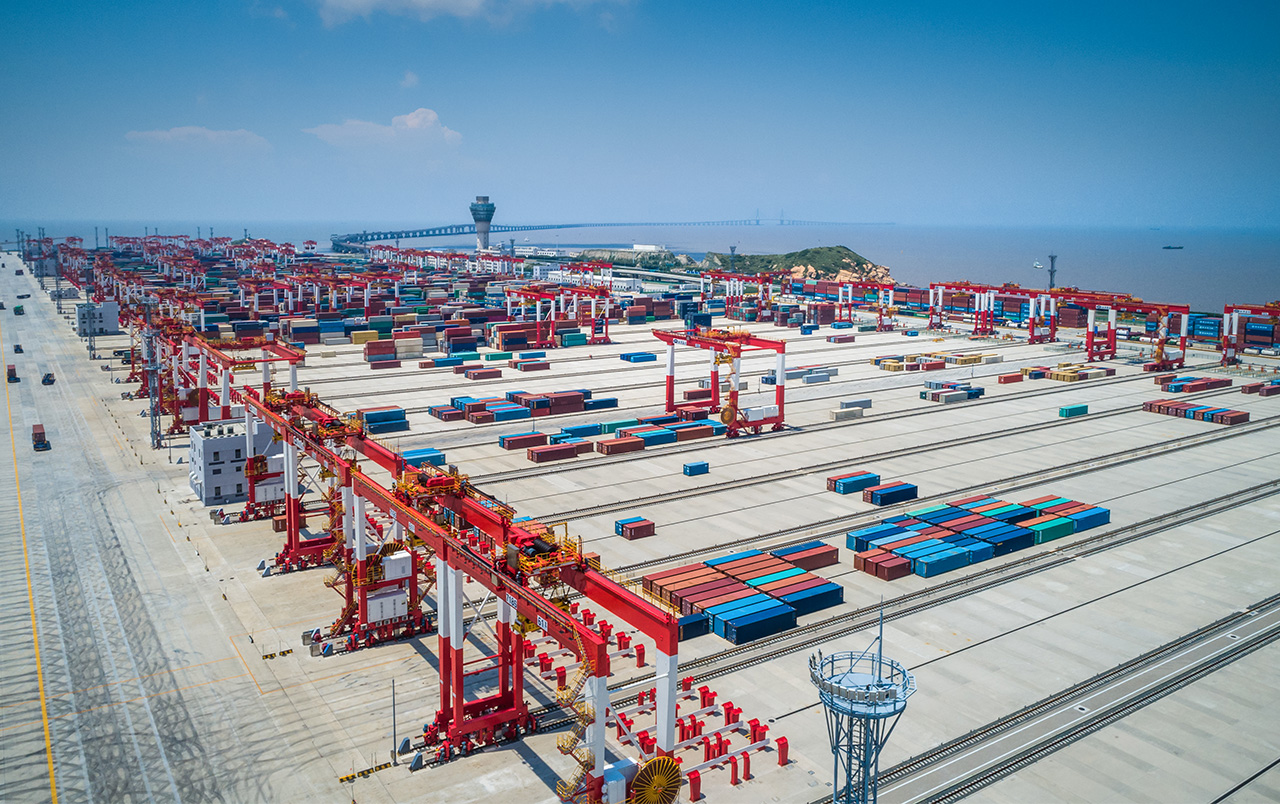
The global freight industry has been facing unprecedented challenges in recent times. Supply chain disruptions, port congestions, and labor shortages have all contributed to the slow movement of goods across the world. Understanding the underlying causes of these delays is crucial for stakeholders in the logistics and transportation sectors. This article delves into the factors causing the slowdown in freight and explores potential solutions to mitigate these issues. One such solution involves the utilization of advanced equipment like the Heavy-Duty Reach Stacker, which can enhance efficiency in ports and terminals.
Global Supply Chain Disruptions
The COVID-19 pandemic has had a profound impact on global supply chains. Factory shutdowns, reduced workforce capacities, and fluctuating demand have led to significant bottlenecks. Additionally, geopolitical tensions and trade disputes have further complicated international trade. The lack of synchronization between manufacturing output and transportation availability has resulted in delays and increased transit times.
Port Congestion Issues
Ports around the world are experiencing congestion due to the surge in cargo volumes coupled with operational inefficiencies. Limited terminal space, inadequate infrastructure, and staffing challenges have made it difficult to handle the increased workload. Investments in modern equipment, such as the Reach Stacker for Ports, can significantly improve container handling capabilities and reduce turnaround times.
Labor Shortages in the Logistics Sector
The logistics industry is grappling with a shortage of skilled labor, including truck drivers, port workers, and warehouse staff. This shortage has been exacerbated by pandemic-related health concerns and regulatory restrictions. The lack of personnel to load, unload, and transport goods contributes to delays and affects the overall efficiency of freight movement.
Impact of Regulatory Changes
Regulatory changes aimed at improving environmental standards and safety protocols have inadvertently slowed down freight operations. While these regulations are essential, compliance can lead to increased processing times and require adjustments in operational practices. Companies need to adapt to these changes without compromising on efficiency.
Customs and Border Inspections
Enhanced security measures and stricter customs inspections have lengthened clearance times at borders. The implementation of new trade agreements or tariffs can also disrupt the smooth flow of goods. Streamlining documentation processes and adopting electronic data exchange systems can help alleviate some of these delays.
Environmental Regulations
The push for greener logistics has introduced new regulations on emissions and fuel usage. Freight carriers are required to invest in cleaner technologies or face penalties, which can affect operational costs and scheduling. Embracing sustainable practices is essential, but it requires time and resources to implement effectively.
Technological Challenges and Solutions
While technology has the potential to enhance freight operations, integrating new systems can present challenges. Cybersecurity threats, lack of standardization, and resistance to change can hinder the adoption of beneficial technologies. However, leveraging innovations such as real-time tracking and automation can significantly improve efficiency.
Automation in Freight Handling
Automation reduces reliance on manual labor and minimizes human error. Implementing automated equipment like the Heavy-Duty Reach Stacker can expedite container stacking and retrieval processes. Automation also enhances safety by reducing the risk of workplace accidents.
Digitalization of Supply Chains
Digital platforms facilitate better communication and coordination among supply chain participants. Implementing advanced software solutions enables real-time visibility of cargo movements, demand forecasting, and inventory management. Companies that embrace digitalization are better equipped to respond to disruptions and optimize their logistics operations.
Infrastructure Limitations
Aging infrastructure is a significant barrier to efficient freight movement. Overcrowded ports, inadequate road networks, and limited rail capacity contribute to delays. Investing in infrastructure development is critical to support the growing demands of global trade.
Upgrading Port Facilities
Modernizing port facilities with state-of-the-art equipment and technologies enhances operational efficiency. Integrating machinery like the Reach Stacker for Ports optimizes space utilization and accelerates cargo handling. Such investments can significantly reduce vessel turnaround times.
Enhancing Intermodal Connectivity
Improving connections between different transportation modes, such as rail, road, and sea, is essential for seamless freight movement. Developing efficient intermodal terminals and logistics hubs facilitates the transfer of goods and reduces bottlenecks caused by modal shifts.
Economic Factors Affecting Freight
Economic fluctuations influence freight demand and capacity. Recessions can lead to reduced volumes, while rapid economic growth may strain existing infrastructure. Inflation, currency exchange rates, and fuel prices also impact operating costs and pricing strategies within the freight industry.
Fuel Price Volatility
Fluctuating fuel prices affect the cost of transportation significantly. Sudden increases in fuel costs can lead carriers to implement surcharges, which may deter shippers from moving goods promptly. Fuel-efficient technologies and alternative energy sources are becoming increasingly important to mitigate this issue.
Trade Imbalances
Imbalances between import and export volumes can result in equipment shortages or surpluses in certain regions. Empty container repositioning is a costly and time-consuming process. Strategies to balance trade flows and optimize asset utilization are necessary to reduce idle time and improve freight efficiency.
Environmental and Climate Challenges
Extreme weather events and climate-related disruptions can halt freight operations. Hurricanes, floods, and wildfires damage infrastructure and delay transportation. Additionally, long-term climate changes necessitate adaptations in operational planning and asset management.
Supply Chain Resilience
Building resilient supply chains involves diversifying sourcing strategies and developing contingency plans. Utilizing robust equipment like the Heavy-Duty Reach Stacker ensures operations can continue even in challenging conditions. Proactive risk management is essential to navigate environmental uncertainties.
Sustainability Initiatives
The freight industry is adopting sustainability initiatives to reduce its environmental footprint. This includes investing in energy-efficient equipment, optimizing routes to minimize emissions, and adopting greener technologies. These efforts contribute to long-term operational efficiency and compliance with environmental regulations.
Conclusion
The slowdown in freight movement is a multifaceted issue stemming from supply chain disruptions, infrastructure limitations, regulatory challenges, and environmental factors. Addressing these challenges requires a collaborative approach involving investment in technology, infrastructure development, and workforce enhancement. Incorporating advanced equipment like the Reach Stacker for Ports can significantly improve efficiency and mitigate delays. By understanding the root causes and implementing strategic solutions, the freight industry can enhance its resilience and adaptability in the face of ongoing and future challenges.








